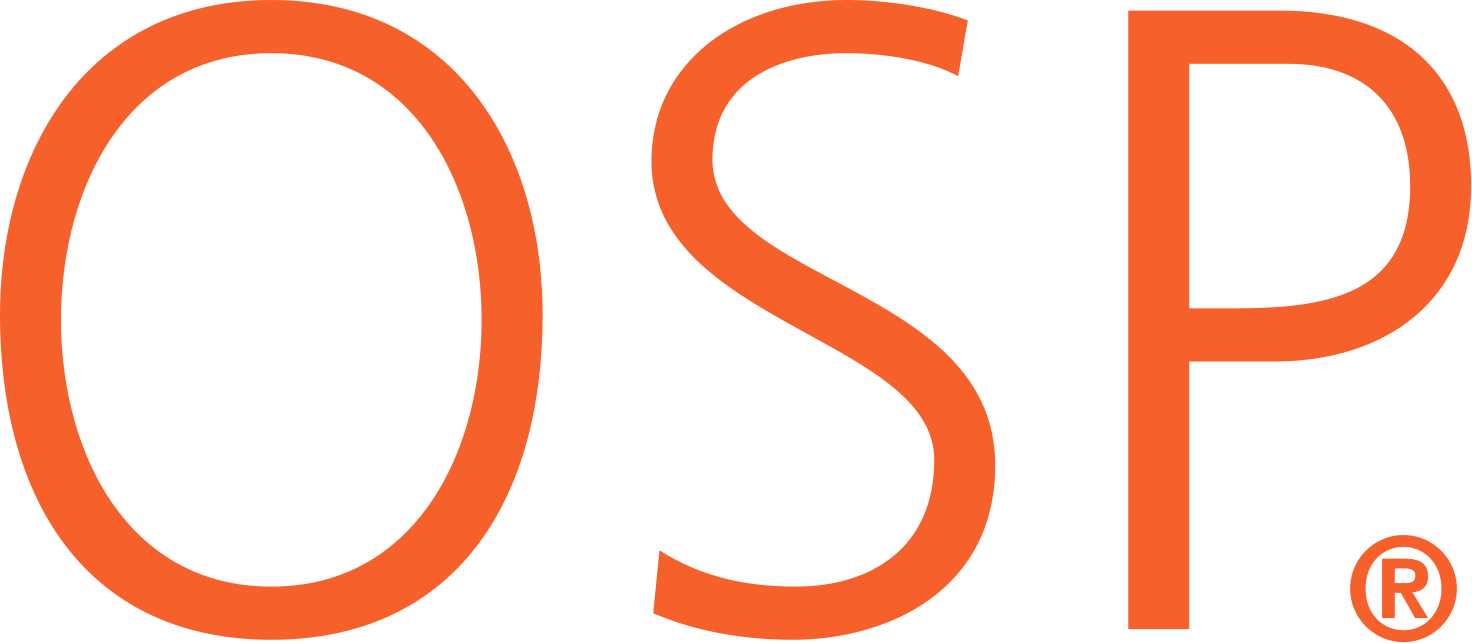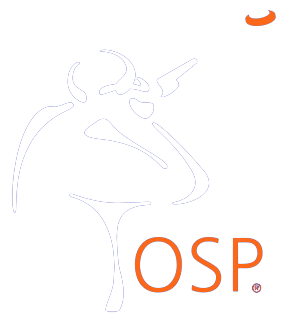Excess Follow-Through Creates Risk
Follow-through is the momentum the gun has as the trigger is pulled – nothing more. Any conscious, excessive follow-through after the shot is taken is wasted and creates risk. We see people on a weekly basis who have been brainwashed into thinking that they must continuously keep the gun moving after the shot.
In our experience, this creates risk in several ways.
1. Conscious follow-through is a forced push or pull with the front hand and typically is faster than the bird's speed. This causes the eyes to want to go to the gun. And if the target has been broken, there is nothing for the eyes to focus on but the gun. Now the eyes must come off the gun, find the second target, and the gun races to it to try to break it!
2. The amount of conscious follow-through will vary greatly, even on the same targets. This means the gun will be in a different place each time after every finishing the shot. This causes a different move to the second target each time, which creates anything but consistency in the moves on each pair, and also irregular breakpoints on each pair.
3. After observing many competitors with conscious follow-through, one common thread has developed. As the pressure mounts due to difficulty of presentation or pressure of competition, the conscious follow-through begins to occur before the shot is taken, and a miss will always occur. Once it begins, it is difficult (if not impossible) to overcome.
Before all you armchair instructors blow a head gasket, let me explain. We are not advocating consciously stopping the gun after the shot. There must be follow-through in every successful shot - somewhere between 2 to 12, depending on the speed of the target. Different target speeds create different amounts of momentum in the gun, thereby creating different amounts of follow-through. Any conscious excess will create risk.
We have found without exception, that when a person stops their gun, their eyes have come off the target and have looked at the gun or the lead. When a shooter's eyes come off the target for whatever reason, a multitude of things happen and none of them are good.

